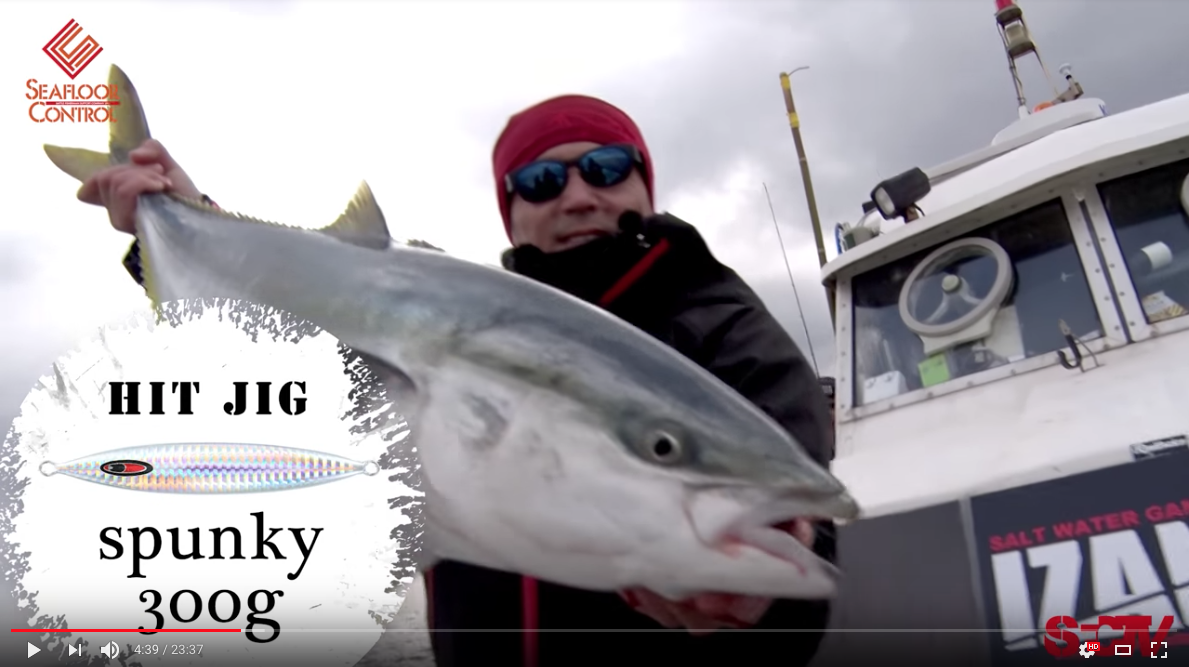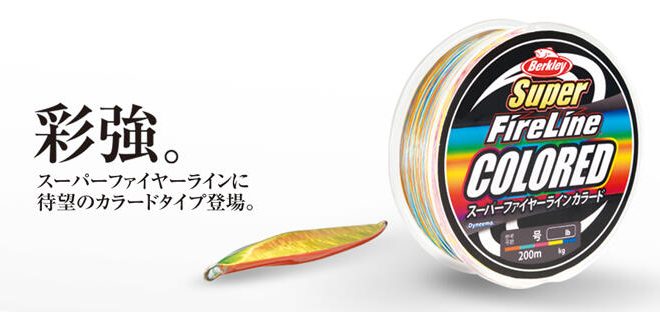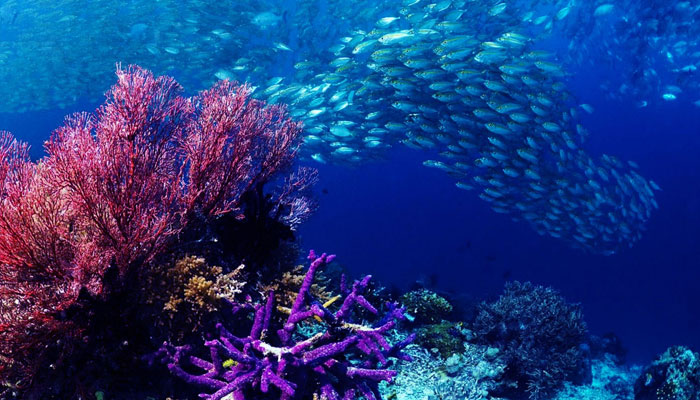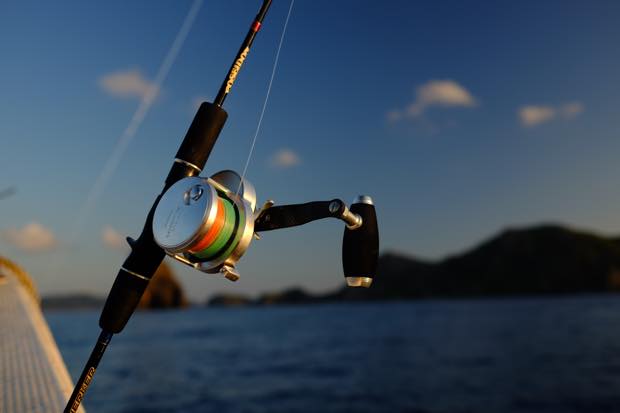Slow Pitch Jigging on free-drifting
I understand most of my readers are fishing on a free-drifting boat. Slow pitch jigging has been developed in the common practice of Japanese fishing boat which keeps you vertical with the spanker sail.
But when you are on a free-drifting boat, it’s a little different game. Much tougher to make jig actions.
I would like to discuss this in comparison with vertical jigging, and I hope you can get some hints and understanding so that you can choose your setups and applications purposefully.
Condition Difference
What you should know first is that a free-drifting boat is constantly pushed by the wind, apart from you jig. When a free-drifting boat is pushed by the wind, the boat turns sideways and lets the wind push its side. We can only fish on one side of the boat. Meanwhile, your jig is in the water and moving with the current. Your line is moving with the current and being pulled by your rod at the same time, and it’s curving in the water with a lot of line slack. If you imagine you are holding your line with the other person holding the other end 100 meter apart in the strong wind, you should know the situation you are in. You have a lot of line slack swinging in the wind, no matter how fast or wide you swing your arm, the person on the other end cannot feel any movements. In the free-drifting situation, as the time passes, the distance between you and the jig gets bigger and bigger because the wind and the current don’t blow to the same direction most of the time.
For more details, check out this post.
>> Boating to stay vertical
You have no control over how fast you are being pulled away from the jig and how much heavy water influence you have to work in. It’s totally up to the natural conditions and you are much more vulnerable by that than when you are on a controlled drift to stay vertical.
Setup
I encourage to explore 50m to 80m depth. It gets too tough to stay vertical when deep. Of course, you can be fortunate to have a very friendly condition sometimes, but it’s wise to set up your gear for 50m-80m depth and explore the area. You may have not had any success before with jigging in this depth, but this is slow pitch jigging. You may have different chance. And when you are lucky with the oceanic condition, don’t hesitate to go deeper and explore with the same tackle. On the other hand, when the ocean doesn’t allow you to be vertical (when you are too far away from your jig), you might as well just drop your slow pitch tackle and grab your high-speed spinning gear. Try tungsten jigs or Ebing (the trailing soft plastic jig).
ROD
- Slow Jerker 603-4
- Slow Jerker 603-5
- Slow Jerker 603-6
- Highpitch Jerker Light 606L-4
It’s very hard to pinpoint one rod model to recommend because, as described before, you are totally vulnerable to ocean conditions. I usually recommend 603-4, Power 4 rod, and stay shallow than 80m. If you are getting the second one, get Power 6 rod.
REEL
- Ocea Jigger 2000NR-HG
Ocea Jigger has everything you need. 117cm per crank retrieve speed will help you control your jig very much. And it’s pretty powerful too. The silky drag is very trustworthy. And descent priced. I think OJ1500HG is too small if you are free-drifting.
LINE
Line is critical. And of course, every knots are critical.
As the water pushes the line to leave much line slack in the water, lighter line would keep your jig close to you for better control. Heavy line would be pushed by the water so much, absorb your actions and just hang the jig in mid-water.
But how much light? I can’t tell. Your catch rate can be at stake.
PE2.0 is the standard and that’s what I recommend if you are a beginner unless you have specific intensions. But you can go down to PE1.75 or PE1.5 if you want to be aggressive.
If you can get Shimano Ocea 8, EX8, Varivas Jigging Max Power 10×10, that’s great. These are top-notch lines. But a good substitute, a primal choice for many SPJ angelers, is Sunline Jigger ULT4. Sato Sensei uses this one too. It’s a 4-ply line, which stretches very little, good coating to cut through the water, and its price is about half the price.
JIG
Jig weight range should be 150g to 300g under the condition I have mentioned.
Recommended jig types will be something that falls fast and lifts lightly.
- Spunky
- Arrow
- Arc
If you are OK with 320g+ jigs, Cranky is also good. Heavy weight Cranky is shaped a little differently for the use in tough conditions.
Gawky and light weight Cranky are too heavy to lift. Rector is too slow to fall. Abyss is also a little too slow to fall. These are the reasons why they are effective in vertical alignment, but you will get opposite effects in free-drifting situations.
Try different weights. Don’t just try to use the lightest jig you can touch the bottom. The lightest possible jig is not necessarily the best jig. The weight changes the line alignment and changes the movement. Sometimes heavier jig moves (with your actions) much better than the lighter one, because the water can blow away the light jig.
Application
What you have to keep in mind is that you are being pulled away from your jig as you make actions. Anytime you put tension on the line, you are pulling the jig towards you. Anytime you don’t have tension on the line, the water is pulling the jig away from you. When you put off tension (in a vertical alignment), the gravity pulls the jig down, which we call “falls”, but in most free-drifting situations, the current pulls the line more than the gravity pulls the jig down. In that case, the jig may not be falling, but just being hung or lifted slowly.
Fast lifts
It’s very important that you do a lot of fast lifts between your actions. That will keep your jig close to you, and keep the line more straight. Also it will make more change-of-pace in jig movements, which is hard to perform in the free-drifting situation. Without fast lifts, the jig won’t fall. You are doing all the work on the boat, and the jig may be just quietly hung in the water. That would be pretty sad.
Short stroke or Long stroke
After a series of fast lifts, you want to give 2 or 3 rod actions to give moments for the fish to bite. Because the line will be going diagonally into the water, the rod action range is likely to be 3 o’clock to 12 o’clock. If you lifts the rod upwards, this 3-hour range is the maximum you can get. Let’s call this short stroke. The angle between the line and the rod can be 0 degree to 90 degrees.
If you lift your rod sideways, you will get more motion range. 0 degree to 120 degrees or maybe more. Sometimes this long stroke can be effective. Mr. Hirota of Seafloor Control says long stroke is very effective for tunas.
The water pulls too much and your rod may not kick back up at the end of the stroke. Don’t worry. It’s OK. Just try to control different tension or non-tension on the line to make change-of-pace.
Falls or Suspensions
If you don’t reel while you lower the rod, the jig will fall. Hopefully it will in the free-drifting situation, but mostly it won’t fall much.
If you reel while you lower the rod, the jig will suspend. You don’t reel so much as to move the jig. You reel only as much as to keep a little tension on the line. If you keep certain tension on the line, you can keep the jig close to you and maintain control.
When put these all together, the jig will probably move like this.
On fast lifts, the jig moves up fast. (Probably not directly upwards, but more diagonally upwards)
On the rod lifting, the jig gradually slows down.
On the rod lowering and reeling, the jig loses momentum and suspends.
Then another rod lift, another suspension, and then fast lifts…
The idea is that, maybe you should think of it as imitating the movements of a squid. Very soft application, and the jig moves in a straight line with just the change-of-pace and suspensions.
If you want to play a darting shad, fast lifts is the only thing we can do in the non-vertical situation.
Try different modes and see what happens.
If you play couples of times off the bottom and when you feel the jig is too far away, don’t hesitate to pull it back up and drop back down again.
Learn from Expert
With all of this in mind, let’s see how Mr. Hirota of Seafloor Control plays this game on a free-drifting boat.
Rod. Slow Jerker 603-4
Jig. Spunky 300g.
Hook. Niq Pro #26.
Did you notice when he does short strokes and long strokes?
Did you notice when he makes falls and suspensions?
Did you notice he does a lot of fast lifts frequently between actions?
It’s really about how to control the line slack, which is critical in free-drifting situation.
Related Posts
7 Comments
Leave a Reply Cancel reply
Categories
- 1. SPJ (57)
- 1-1. Principles (9)
- 1-2. Techniques (11)
- 1-3. Setup (17)
- 1-4. FAQ (19)
- 1-5. Tackles (3)
- 1-6. Video Gallery (2)
- 2. Other Offshore Games (5)
- 3. Fishing Report (105)
- 3-1. Totos (25)
- 3-2. Readers (72)
- 4. Fish Cooking (19)
- 4-1. Iki-Jime (3)
- 4-2. The Art of Sashimi (5)
- 4-3. Recipe (7)
- 4-4. Seasoning (3)
- 5. Fishing Charter (6)
- Fish (12)






Dear Toto’s
You also recommend one high pitch model, can you develop a bit further the advantages of using the high pitch in this situation?
Yes. With a high pitch rod, the action will be more energetic and fast. Just different actions.
Toto you mention in class B rods a Shimano Game type slow j.I am interesting for this rod secially for the b684 model (lure rating max 300g). My question is i want to makw slow jigging from 50-100 meters using jigs from 80-200gr.Will this rod will cover me? will it “play” good pitch? I am a free drifting boat and most currents are 1-1,5 knots if is more i go home…hahaha
Yes. Power 4 is what I would recommend in your situations.
Hell Toto , how do you think a Hobie 16 revo with a sail system would work for slow pitch ?
If you mean the paddle drive system, yes, it allows you to maneuver to stay vertical with the jig. It’s great.
But I don’t know about the sail. I assume it’s a sail system to help you push forward with the wind, right? Spanker sail is to keep the bow pointing to the wind, not to drive. The drive sail is nothing to stay vertical. You should put it down while fishing.
Peddal drive kayak with the spanker sail would be the best. Many people attach spanker sail to the cooler box.
https://eclass350.exblog.jp/21788502/
Awesome , you answered my question!! thank you !!